Council chiefs have warned they may have to cut back on gritting amid soaring salt costs, just days after snowstorms blasted the north-east.
Aberdeenshire Council will be forced to make some difficult choices in the next few weeks as it faces a daunting £67 million black hole.
Local authority leader Gillian Owen warned that “everything is on the table” as bosses scramble to cut costs wherever possible.
In an exclusive interview with leaders, it emerged that increasingly costly gritting efforts could be scaled back…
Cost of keep Aberdeenshire moving in the winter is creeping up
During last week’s wintry spell the local authority used around 4,000 tonnes of salt on 2,500 miles of road per day as temperatures plummeted.
Across the region, 120 farmers were drafted in to help shift the snow, with staff working a combined 1,000 hours each day to keep routes safe.
Aberdeenshire Council employs around 300 dedicated roads staff to operate its fleet of 55 gritters and support vehicles.
During harsh conditions, these workers hit the roads to ensure priority routes are passible at all times – unless weather conditions are particularly severe.
These 32 routes are mostly ‘A’ and ‘B’ class roads covering a whopping 1,081 miles.
But the price of keeping Aberdeenshire moving in the winter is steadily increasing.
Salt costs soar – will council reduce its stocks?
Aberdeenshire Council uses an estimated 45,000 tonnes of salt every winter on its roads and pavements.
But the price per tonne of salt has increased by around 15% over the last five years.
Tumbling temperatures and frequent spells of snow last year resulted in the council going £1.2 million over budget on its winter maintenance costs.
So could we be looking at salt supplies being slashed?
Infrastructure services chairman Alan Turner said this could be something leaders consider.
But he added: “It’s such a variable, you don’t know how bad the winter is going to be.
“Going back the last couple of years the worst of the weather in terms of snow and ice is typically what we are about to go into, January to March, so it’s still a big unknown.”
So what could change if the council decides to cut back?
The council has prioritised the routes it grits and later ploughs in the event of moderate or heavy snowfall.
Mr Turner said the council always carefully considers the decision of whether to grit a road or not – and the risks they face if any are left untreated.
“We do have a budget there as to what we think is an average wintertime, and if it’s more than that then we physically have to do the work and that incurs a cost.”
The cost of a full treatment, where a route is gritted two times in one day, is getting more expensive, increasing by a staggering 43% in the last ten years.
Mr Turner said the costs associated with staff, equipment, and materials was to blame.
“Some of that is inflationary-type pressures, some of it is just that it physically costs more than what it did ten years ago.”
We also asked if the council would consider changing the routes it currently covers.
Council leader Gillian Owen suggested this would be something that is looked at, but the local authority is keen to avoid any “unintended consequences” this could bring.
Cost of hiring farmers has gone up
The council receives help from farmers and contractors across the region to help shift snow from the roads.
However due to the increase in fuel prices, the rate charged per hour for this winter season has increased by 28% for farmers and 26% for contractors.
But as the council doesn’t have the staff to cover all of the region’s roads, it relies on the “valuable” extra help and isn’t planning to cut this down.
Residents encouraged to team up with council to tackle winter
Mrs Owen said there is a belief amongst residents that the local authority should clear every road and pavement in Aberdeenshire.
But realistically, this is something that is not possible.
“Currently the expectation is that the council should do everything and we just cannot do that,” she said.
“We have to prioritise in that respect, and there are winners and losers.”
Meanwhile deputy leader Anne Stirling suggested that residents should partner with the council and lend a hand in their own communities.
She is encouraging people to sign-up to its volunteer snow warden scheme.
It runs from November to March for those who wish to offer their spare time to clear snow in their area.
Ms Stirling added: “It’s a case of how can we help each other to maintain a network.
“It’s not perfect but it works to the benefit of the community.”
Residents can also do their bit by applying for a public grit bin or requesting a salt top-up through the myAberdeenshire site.
Will roads staff be at risk?
Aberdeenshire Council has 3,476 miles of roads to treat during cold weather, and to repair throughout the year.
And aside from the winter pressures, the authority is clear on the rising demands of looking after its vast network…
To replace a one-mile stretch of road carriageway would cost around £33,200.
Alongside this, they manage and maintain 900 miles of pavements and 113 car parks.
All of this work is overseen by around 420 members of frontline roads crew.
But is the council prepared to make any changes to its staff numbers?
Mr Turner noted there is a “relatively high” vacancy rate in the roads department and that some of these unfilled posts could be cut in a bid to balance the books.
However, the existing workforce will be safe as deputy leader Anne Stirling confirmed the local authority will not be looking at compulsory redundancies.
Mrs Owen added: “If we had the full compliment it might be a different matter but we haven’t got that.
“It would be harsh if we had to go down that route.”
Will bridges be repaired or replaced as promised?
Meanwhile, the local authority is responsible for the upkeep of 1,311 bridges – this equates to one every 2.7 miles.
Inspections are carried out every year to assess their condition.
But Mr Turner told us that these works will only be carried out if the funds are there.
He explained: “We’ve got to have the available money in order to do the work when it comes to major things and that is prioritised over time, much the same as any other asset in the capital programme is.”
He also stated that emergency repairs would continue to be carried out where needed along with any scheduled maintenance.
Have your say on Aberdeenshire Council’s budget process
Before any final decisions are made on the budget, the local authority wants to hear from its residents.
What services matter the most to you and where do you think savings could be made?
To share your thoughts, click here to access the budget engagement survey.
Alternatively, you can scan the QR code below:

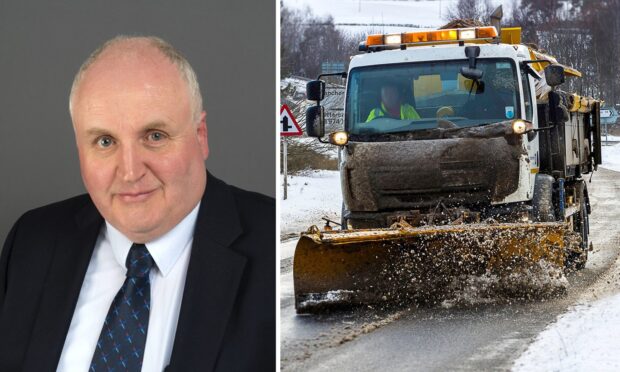

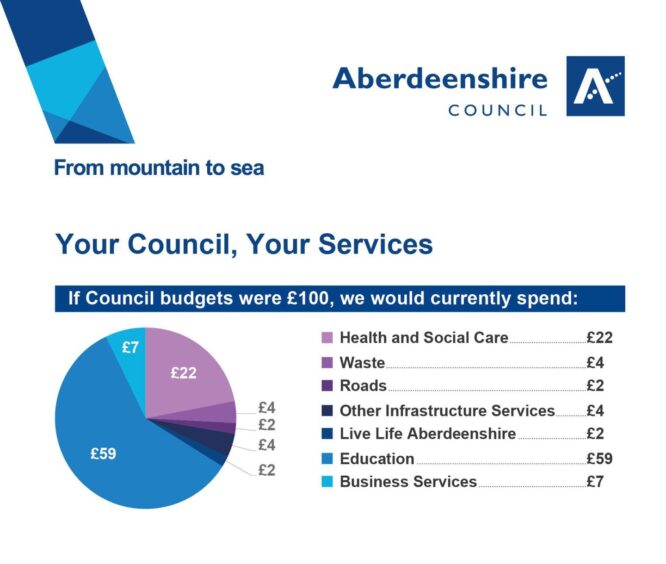
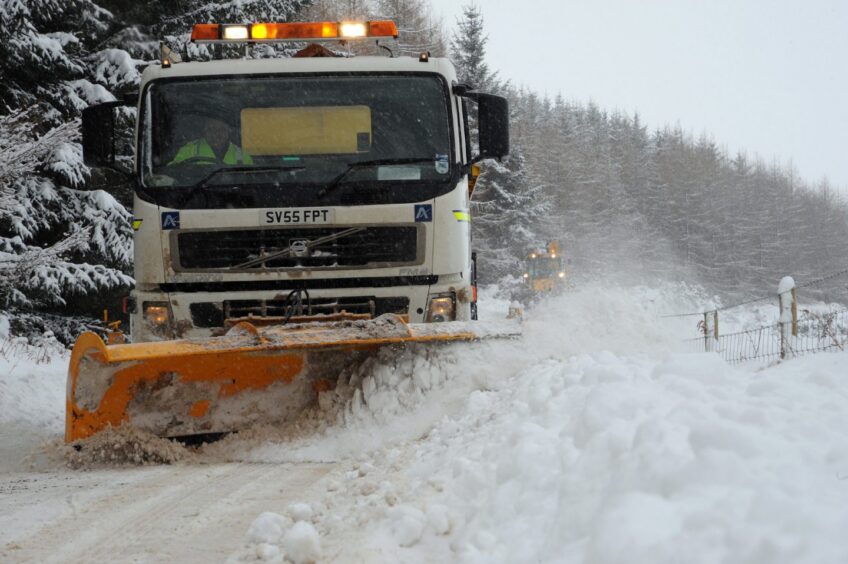
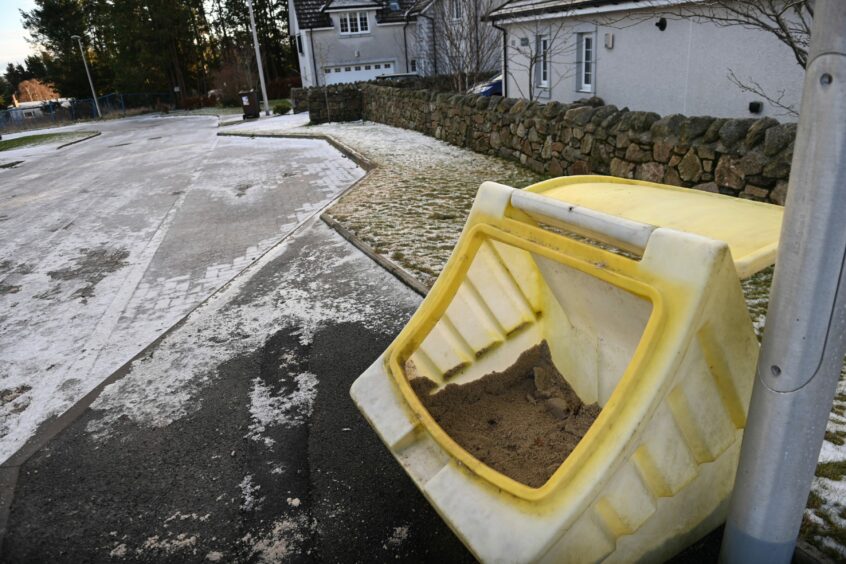
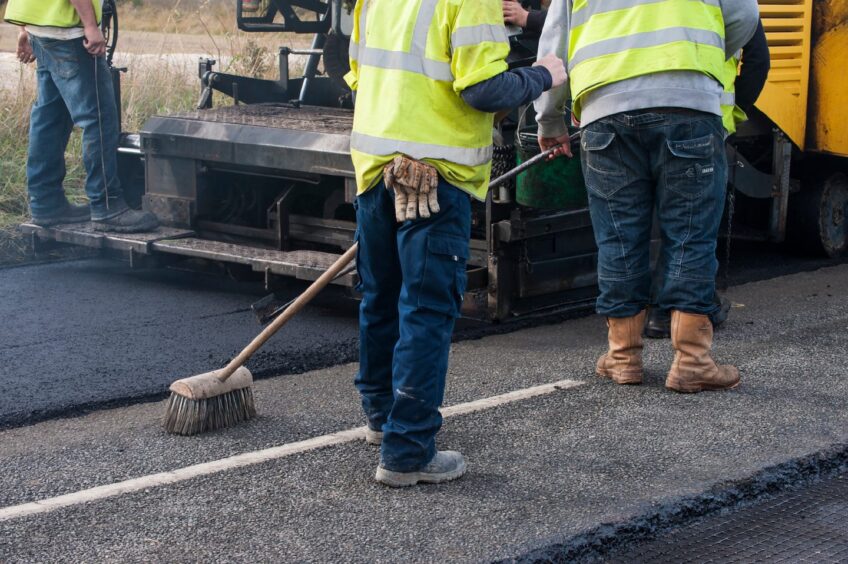
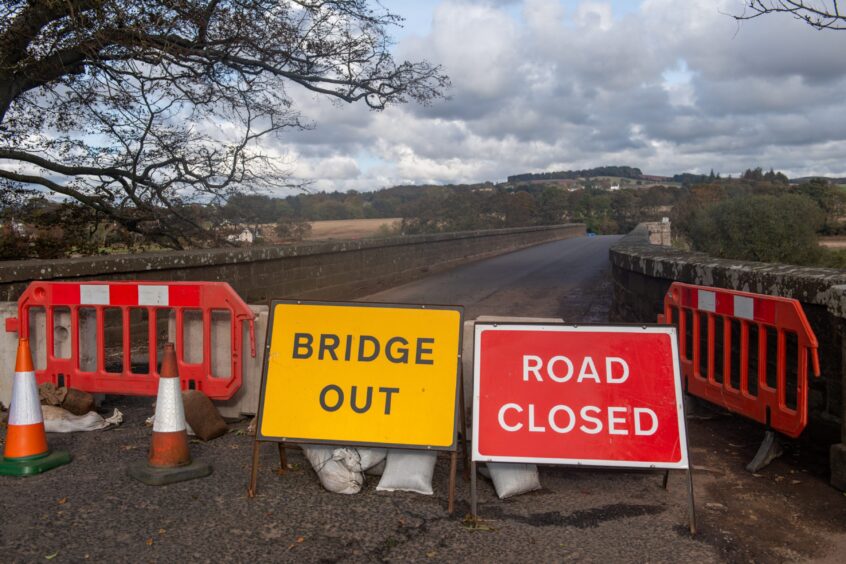
Conversation